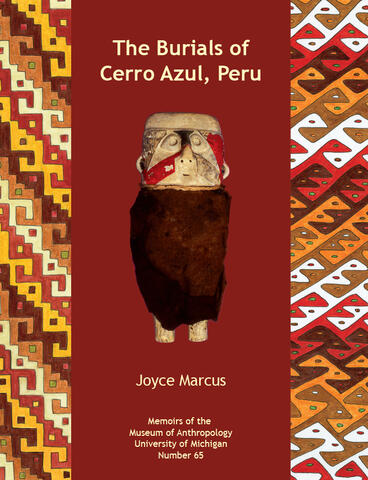The Burials of Cerro Azul, Peru
1st Edition
Burial material from excavations at Cerro Azul in Peru’s Cañete Valley, a pre-Inca fishing community.
Description
Cerro Azul in Peru’s Cañete Valley, a pre-Inca fishing community in the Kingdom of Huarco, stood at the interface between a rich marine ecosystem and an irrigated coastal plain. Under the direction of its noble families, Cerro Azul dried millions of fish for shipment to inland communities, from which it received agricultural products and dried llama meat. Joyce Marcus directed excavations at the site. In two previous volumes she reported on (1) a fish storage facility and the architecture, ceramics, and brewery in an elite residential compound, and (2) the inner workings of the coastal economic system. In the course of her fieldwork, Marcus came across areas where Late Intermediate (AD 1000—1470) burials had been disturbed by illegal looting. She decided to salvage as much information from these looted burials as she could. Among her discoveries were that men at Cerro Azul were often buried with fishing nets, slings, and bolas, while women were frequently buried with belt looms, workbaskets, cotton and woolen yarn, barcoded spindles, and needle cases. This third Cerro Azul volume provides an inventory of all the burial data that Marcus was able to salvage.
Joyce Marcus is Curator of Latin American Archaeology and Robert L. Carneiro Distinguished Professor of Social Evolution at the University of Michigan.

